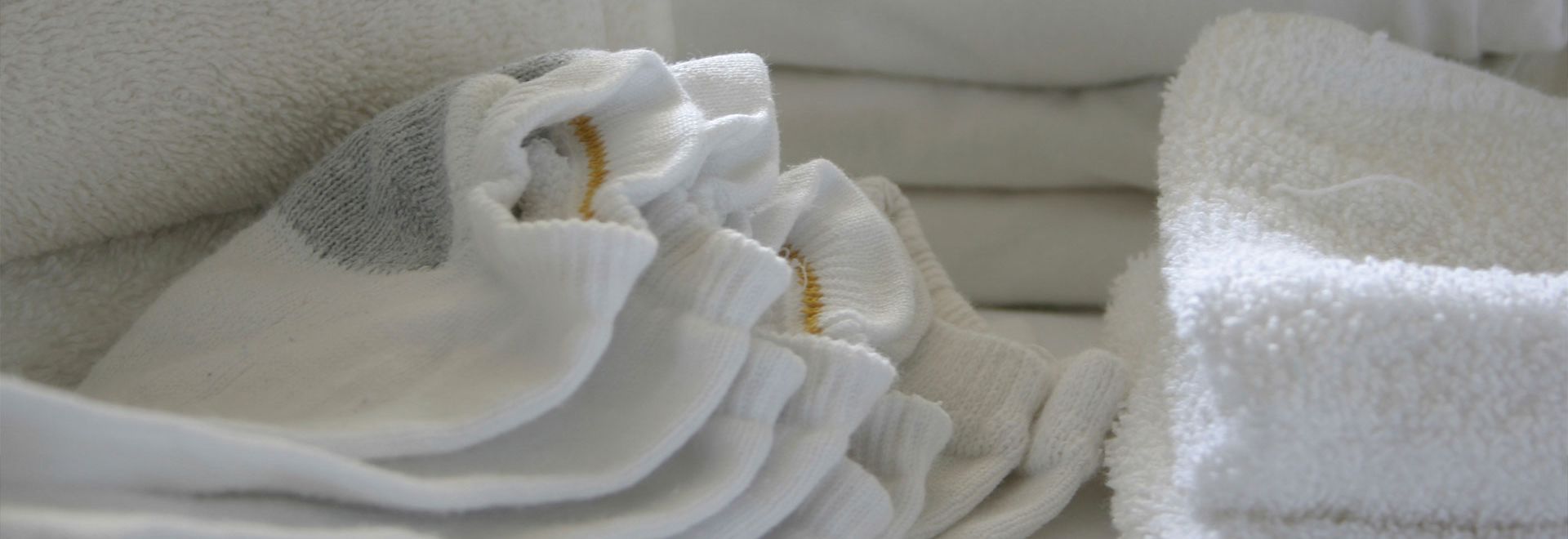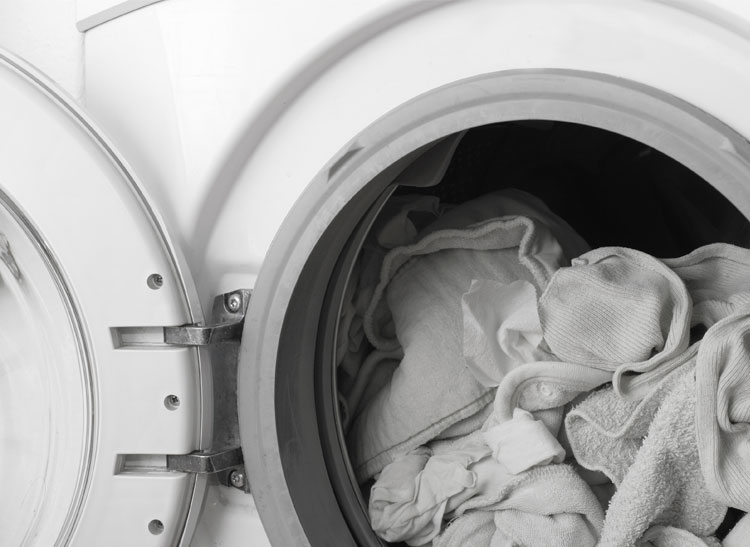How to Keep Your White Laundry White
Expert solutions for such everyday laundry problems as dingy whites and detergent streaks
By Kimberly Janeway
Doing laundry is so routine that it's only when it goes wrong that you give it much thought. White T-shirts gone gray and streaks of detergent crisscrossing clothes fresh out of the dryer are two of the wash woes mentioned in user reviews for washing machines. Here are some solutions from the pros at Consumer Reports.
Most front-loaders and high-efficiency (HE) top-loaders that Consumer Reports has tested clean better than agitator top-loaders while using a lot less water. Because these washers use less water and work differently than agitator machines you have to use them differently. Pat Slaven, Consumer Reports’ textile expert, offers this advice.
Problem: White Laundry Turns Gray
Soil from dirty clothes transferring to other items in the washer is usually the culprit, along with not using enough detergent.
The fix: Even though new washers have much larger capacities, sorting laundry is still a must. Wash whites separately, and wash very dirty items with other messy things. Load the washer, but don’t pack it, adding a few items at a time to reduce tangling. It’s important to use the recommended amount of HE detergent. It’s less sudsy than regular detergent so it’s perfect for water-saving front-loaders and HE top-loaders. And most detergents today contain agents that help keep soil from redepositing on other clothes.
“If graying is still a problem, use a detergent with bleaching components,” says Slaven. Tide HE Plus Bleach Alternative is impressive among our tests of dozens of laundry detergents. “Or try a mild oxidizing agent in powder form, such as OxiClean. It’s milder than chlorine bleach and you can use it for most whites, including cottons and cotton blends.”

Problem: Detergent Streaks or Clumps
Streaks jump out on dark clothes. Using too much detergent or water that’s too cold is the probable cause. Liquid detergent doesn't dissolve well in very cold water and can leave streaks; powder can clump and leave patches of powder on clothes.
The fix: Measure the HE detergent, no winging it. Mark the fill line on the detergent cap or cup that comes with the powder detergent with a Sharpie to make it easier to get it right.
The detergent’s enzymes work best when the water is at least 60° F. Most cold tap water is around 60 to 75° F, but it may be 40° F or less in colder regions in northern states and Canada. Automatic temperature control can help. This washer feature adjusts the water to the optimal temperature for the selected setting.
"If the incoming water is too cold the washer will add some hot water to raise the temperature to an appropriate level," says Emilio Gonzalez, the engineer who oversees Consumer Reports' tests of laundry appliances. All front-loaders and most top-loaders we tested have this feature. Click the Features & Specs tab in our washing machine Ratings to see which models do.
Shopping for a Washer?
Your timing is right on. We’re seeing big discounts on washing machines and dryers as retailers hype early Black Friday specials.
No comments:
Post a Comment